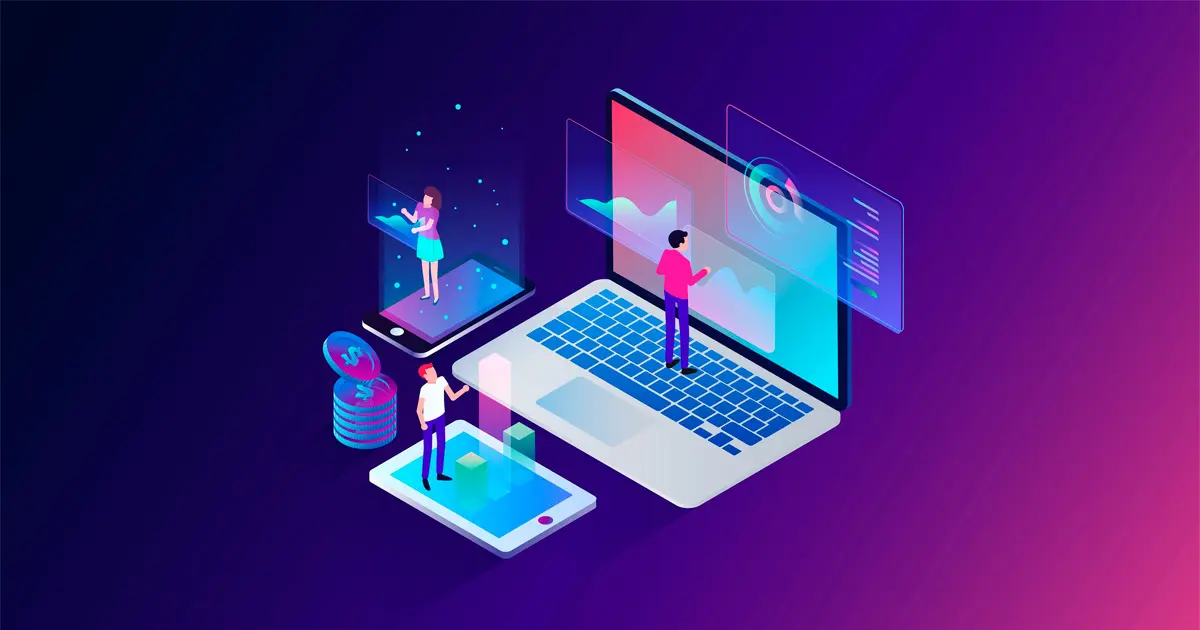In this article learn how end-to-end ecosystem enablement and certification are driving revenue-readiness by addressing four major factors:
1. Standardization Challenge: End-to-end certification is complex due to varying processes and systems among providers and partners. TIDWIT takes complexity out of the equation.
2. Automation Mastery: Certification isn’t just about data; it’s a journey involving skilling, learning, and certification loops. TIDWIT covers the whole skilling journey – from training to certification.
3. Reporting Revolution: Traditional certification data is a static snapshot. TIDWIT introduces end-to-end ecosystem certification reporting, providing a continuous view of activities from skilling to certification.
4. Privacy Predicament: Privacy concerns arise when relying solely on vendor data. TIDWIT tackles this by combining data streams from multiple sources.
An analyst asked me the other day why end-to-end certification is so difficult and how come TIDWIT was able to crack the nut while many other traditional – and larger – learning providers have struggled to do so. My answer to him was that quite simply TIDWIT’s ecosystem platform architecture, which gave us a leg up, is unique and helps providers and partners alike overcome many common barriers, including such issues as standardization, automation, end-to end visibility, and privacy. Here’s my attempt at giving a more detailed explanation:
The first barrier to overcome is standardization: Different providers handle their certification processes in different ways and use different systems, as do partners who have different HR and Learning systems to plug into. Anyone promising end-to-end certification needs to recognize that the scope of the problem is not merely from one organization to another. It is a many-to-many problem or what we like to term an ecosystem problem. Only tools that can manage ecosystems will be able to wade through these standardization complexities. The nodal architecture of an ecosystem platform is crucial here and plays an instrumental role, and it does it in two ways. First, it allows each organization to basically integrate with any systems it owns behind its own ecosystem node. This standardizes “internal connectivity” without burdening the multiple providers it is trying to connect to for certification. Second, it also reduces substantially the amount of effort it would take for each organization to connect to the certifying organizations and standardizes this external connectivity without burdening the internal systems.
The second barrier to cross is automation. I often hear customers ask for gaps in certification data as if it is something in isolation. Certification data is really the culmination of what we call the three loops of enablement: The skilling loop, the learning loop, and the certification loop. The skilling loop is fundamentally focused on setting and matching the organizational goals with the employee goals. Knowing what the goals are is an essential element of driving certification and links it directly to the business. We like to call this “driving revenue-readiness”. The learning loop operationalizes these skilling goals and guides users through an enablement journey. This journey includes consuming learning campaigns, content, and courseware, attending events, taking preparatory labs and assessments, interacting in learning workspaces, and ending with the receipt of exam vouchers. Also, we must keep in mind that this is not typically limited to one provider but several, each of which offers a totally different experience that needs to somehow be unified.
TIDWIT as an enablement ecosystem platform is purpose built to bring all these workloads in a single user experience across the different providers. The third and final loop is that of certification, which sees the employee consuming the exam voucher to attain a certification. Of course, the certification information needs to flow dynamically from the provider back to the organization through the ecosystem, culminating the other two loops. Needless to say, this journey through the 3 loops requires custom automation to fit the organizational needs and constraints. Providing all this without ecosystem automation is not only difficult, but often reduces user engagement as well as overall organizational revenue readiness. Gaps in certification need such a holistic approach to overcome data collection barriers and deliver end-to-end reporting. To this we turn to next.
The third barrier is that of reporting. We have found that in many cases organizations know that they need certification data, but what they fail to grasp is that this data, even if obtained, is merely a snapshot in time, not a funnel that showcases the continuum of organizational activities driving towards the upskilling goals. It is important to differentiate the two, because if, let’s say, I’m the COO of a large organization about to sign a $1B commercial deal with a major tech alliance partner, the first thing I would want to know is how revenue ready my organization is. This could be translated into how many certifications my organization has, but an equally important question could be how close is my organization to becoming revenue-ready? Are my people 90% of their way there, 80%, 60% etc. …? Have they not even started? This is quite relevant because it could have a direct impact on my revenue. Meaning, if most of my folks are at 0% or 10% of their certification journey, the odds are it will take my organizations months if not years to reach the skilling goals that we are now setting. However, if my people are 80 or 90% along of the journey, a few nudges could get them towards revenue-readiness faster! Unfortunately, if I am just looking at certification results and have no visibility of the funnel, I would have no idea about any of this.
It is here that End-to-End ecosystem certification data, which showcases enablement as a continuum of activities become so key, with direct potential impact on my bottom line. Seen from this perspective, it becomes imperative that organizations look at certification reporting as a continuum of activities starting with the skilling loop, continuing with the learning loop, and ending with the certification loop, with reporting providing end-to-end visibility across not one single vendor but an ecosystem of vendors.
The last barrier is that of privacy. As I tried explaining to the analyst, the main reason that most organizations fail to resolve privacy issues is precisely because they look at certification data from a single source, the vendor. Unfortunately, many vendors are not willing to share this data as they also have to deal with PII issues, personal email inconsistencies, and geographic differentials in PII regulations. These PII barriers result in major gaps in certification data yielding at best incomplete data and at worst erroneous data. The way to attack this problem is to drive through the ecosystem’s multiple workloads in parallel to complement each other and provide as comprehensive a learner record as one can obtain. This would mean data streams coming from the learning loop—be it in content, campaigns, or voucher consumption—matched with data streams coming from vendors directly, user data entry, third party credentialing tools such as Credly, as well as third party services. All of these combined across multiple vendors, if deployed smartly, can overcome privacy issues, allowing for the employees or users to control the data, while providing the organizations the revenue-ready data it needs to grow the business.
In conclusion, while many see the Certification Dilemma as a data problem, at TIDWIT we see it as an ecosystem problem that can only be resolved with an ecosystem enablement approach that delivers on standardization, integration, automation, visibility, and privacy. An ecosystem platform can deliver on all of these, overcoming barriers, and in the process driving revenue readiness at scale.






